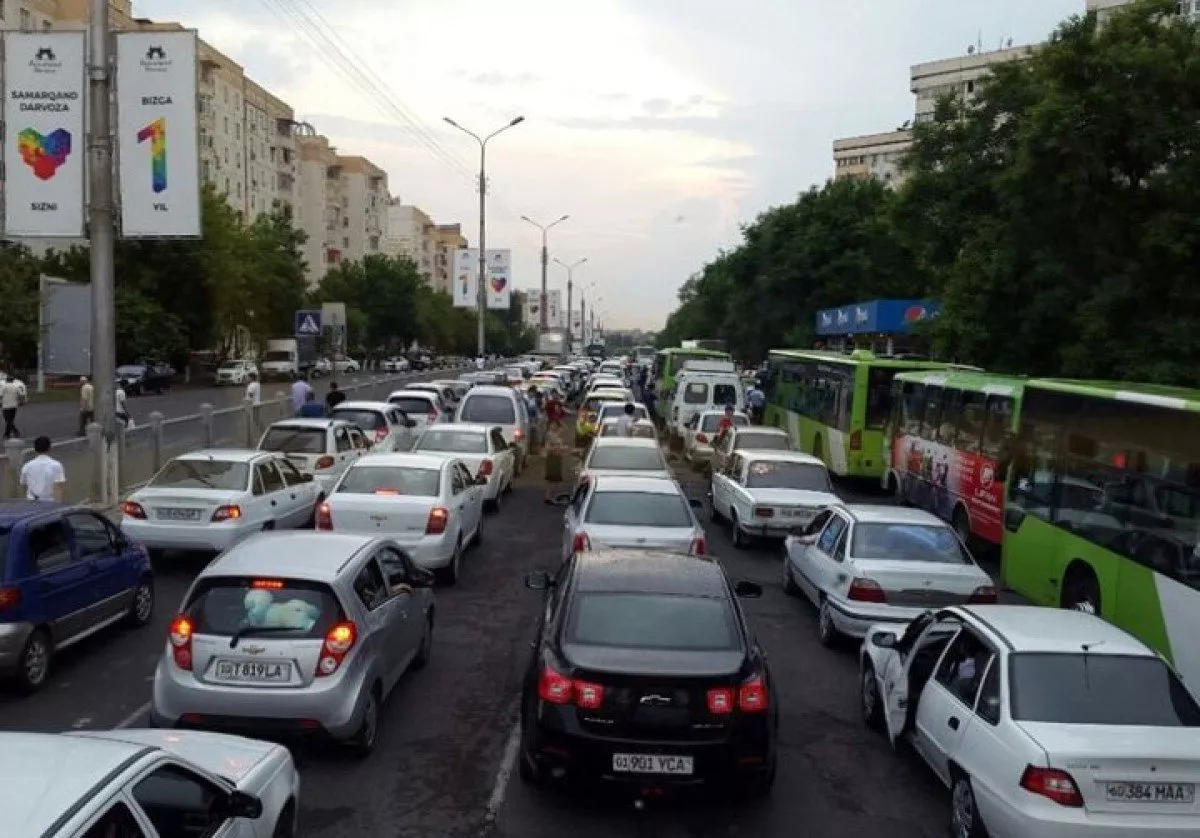
On the eve of the new school year, a sharp increase in traffic load is usually observed. This was reported by Upl.uz.
In this regard, the Road Traffic Safety Service addressed the citizens. The ministry recommended that residents of Tashkent and other major cities give up private cars and use public transport.
This proposal aims to prevent traffic jams on the roads. This initiative, presented through a social video, sparked wide public discussion, where the main causes of city traffic jams and ways to eliminate them were discussed.
Every year on September 2, the load on the capital's road network reaches its maximum, causing long-distance traffic jams. The return of schoolchildren and students to classes, road repair works, and changes in traffic schemes further complicate the situation.
This year, the Safety Main Directorate proposed introducing one-way traffic on streets near schools. However, the Road Traffic Safety Service's appeal mainly focused on drivers' personal responsibility.
The ministry's suggestion is that preferring buses or the metro will fundamentally improve the road traffic situation. This idea was expressed through a video about a family couple, where using a private car to go to school was shown as a cause of traffic jams.
Although the campaign is positive in nature, part of society received it with skepticism. Critical opinions emerged on social networks, comparing it to solving problems by saving water and electricity.
Critics emphasize that traffic jams are a systemic problem. They point out that the public transport system is not ready to handle the increased passenger flow.
Questions arise regarding the regularity of bus movement, road congestion, and temporary difficulties in some transport parts, especially the metro's ring line. Experts and urban planners have long considered the car-oriented development model in Tashkent as the main cause of city traffic jams.
The city's infrastructure is mainly designed for private cars, while public transport is given secondary importance. This situation makes traveling by private car, even in traffic jams, a more comfortable and predictable option compared to overcrowded buses.
Thus, the Road Traffic Safety Service's call is perceived by many residents of the capital as an attempt to shift the responsibility for infrastructure shortcomings and strategic planning errors onto the citizens. To solve the problem systemically, a comprehensive approach is needed that includes not only promotional work but also real investments in developing transport infrastructure.
The convenience, speed, and availability of public transport should be brought to such a level that it becomes not a forced measure but the most optimal option used daily. The city administration plans to implement a number of measures in this direction.
Earlier, plans were announced to transfer Tashkent's public transport to an agglomeration system, extend existing routes, and purchase new vehicles. In particular, by the end of 2025, the capital's bus fleet is expected to be replenished with hundreds of new buses.
Additionally, the introduction of an intelligent transport system to control traffic lights is planned, which is expected to reduce traffic jams by 25-30 percent. However, these measures are currently in the implementation phase, and the responsibility for solving the September 2 problem effectively falls on the city's residents.

